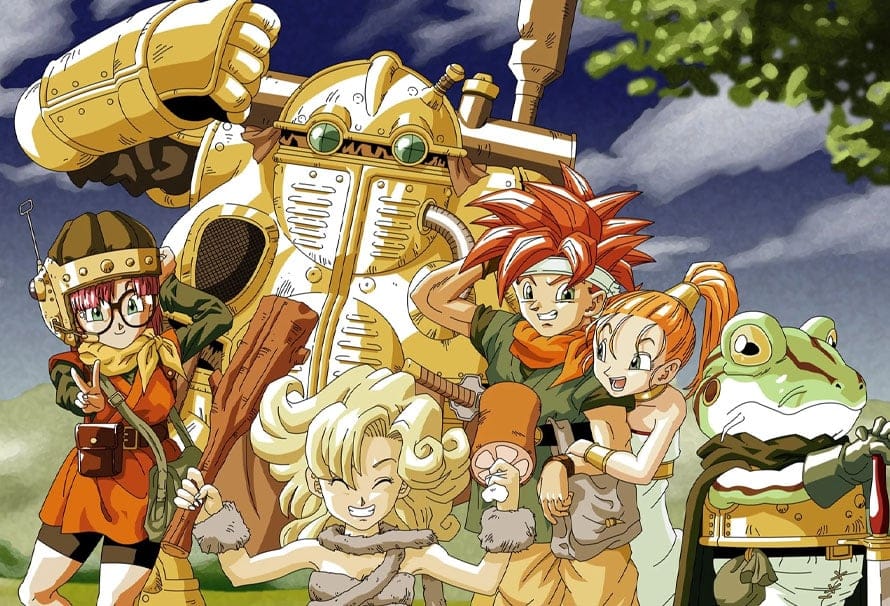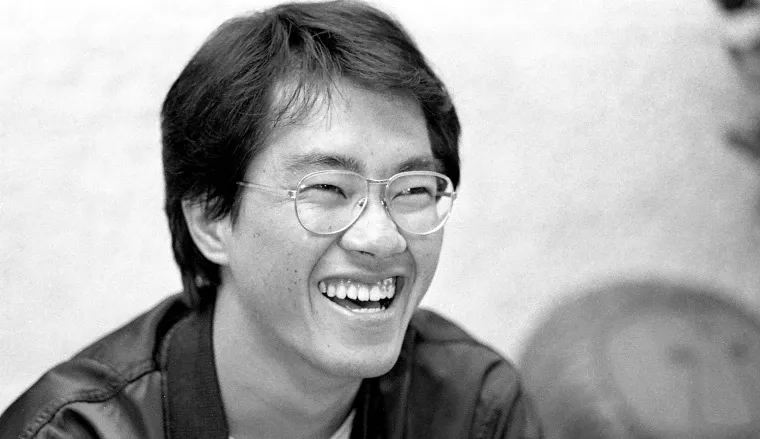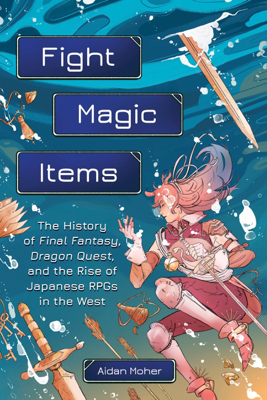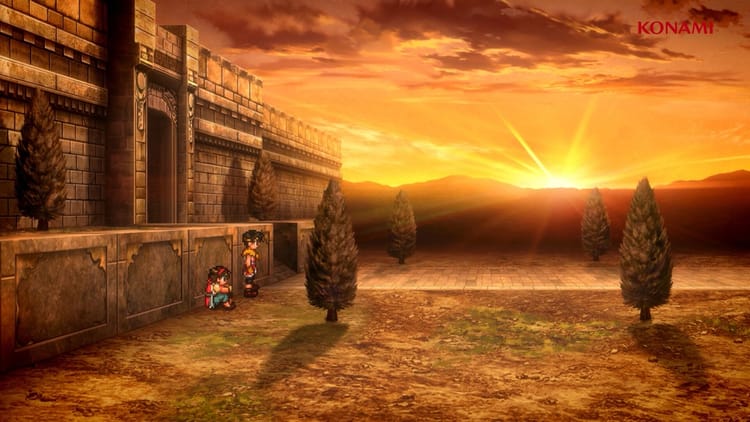Akira Toriyama (1955 - 2024)

Dragon Ball, Dragon Quest, and Chrono Trigger was an art legend who changed the world
The legendary Akira Toriyama has passed away. He was 68 years old.
Born in 1955 in Kiyosu, Aichi, Japan, Toriyama was known for creating many of the world's most popular manga, anime, and video game series—including Dragon Ball, Dragon Quest, and Chrono Trigger. His passing was announced by Bird Studio, the animation and production studio Toriyama founded in 1983 following the enormous success of his Mr. Slump manga series.
To celebrate his legacy of work, my publisher agreed to let me publish an excerpt from my book Fight, Magic, Items that looks at Toriyama's early work on the Dragon Quest series, and how that helped it find immediate success in Japan thanks to its kind, energetic vibes.

Dragon Quest’s immediate success was buoyed in large part by another Weekly Shōnen Jump contributor: Akira Toriyama. Horii connected with Toriyama under the guidance of their shared editor, Kazuhiko Torishima, who suggested to Horii that he should get Toriyama on board with making a game. Fortunately, Toriyama was a fan of The Portopia Serial Murder Case, and they began collaborating on Horii’s new game soon after.
Though the Famicom’s low resolution and limited memory made adapting Toriyama’s art for the game too challenging, it was used heavily in promotional art—including the game’s box cover and manual. “It provided a lot of character to the otherwise standard designs of western RPGs,” said Game Developer’s Kurt Kalata, and an instant hook to attract players. Toriyama had first gained attention with his serialized manga Dr. Slump in Weekly Shōnen Jump, but 1984’s Dragon Ball sent the magazine’s sales into the stratosphere and launched Toriyama to superstardom. With his iconic spiky-haired heroes and bright colors, Toriyama’s art gave Dragon Quest an instantly recognizable look that appealed to Dragon Ball’s large audience.
“It was very easy to convince me to take on the job of character designer for Dragon Quest,” Toriyama said in 2017. He joked, however, that he didn’t understand what a roleplaying game was at first or the level of commitment involved. “If I had known that it would still be going on after 30 years, I don’t think I would have taken the job!”
“This is a kind of funny anecdote,” Horii told Justin Haywald in 2018, “but before working together I had also heard that Toriyama-san had always wanted to do some work in gaming. But when I asked him about it later, he said he never remembered saying anything like that; it just happened to be Torishima-san, the editor, trying to create this new kind of impetus for his artists. So it was really all his doing.”
Thanks to Torishima playing matchmaker, he assembled a creative team that would end up creating many of the most beloved fantasy worlds in all of gaming. And it is a partnership that continues to thrive as Horii and Toriyama remain collaborators on Dragon Quest titles to this day.
Though Toriyama’s name and style were important to the game’s success, his greatest contribution to the series are his memorable monster designs—with the ubiquitous and iconic bright blue slime being his most famous. Like the best designs, Toriyama’s slime evokes personality and character without suffering from overcomplexity. Its cerulean body, coming to a soft peak like a chocolate chip, and its goofy grin were signals that Dragon Quest might be a series full of monsters and world-ending threats, but it was also going to make you smile.
“From the very beginning we wanted to create a warm, inviting world,” Horii told Polygon, and he wanted the games to have laugh-out-loud moments of humor. So, the monsters Toriyama designed had “a kind of cuteness” that appealed to a wider audience. Horii was also quick to point out that you never actually "kill" any of these monsters, only that you defeat them. Such warmth is integral to the Dragon Quest experience, and Toriyama's bright, effervescent style set the tone from the very beginning.
About Fight, Magic, Items: The History of Final Fantasy, Dragon Quest, and the Rise of Japanese RPGs in the West

Take a journey through the history of Japanese role-playing games—from the creators who built it, the games that defined it, and the stories that transformed pop culture and continue to capture the imaginations of millions of fans to this day.
The Japanese roleplaying game (JRPG) genre is one that is known for bold, unforgettable characters; rich stories, and some of the most iconic and beloved games in the industry. Inspired by early western RPGs and introducing technology and artistic styles that pushed the boundaries of what video games could be, this genre is responsible for creating some of the most complex, bold, and beloved games in history—and it has the fanbase to prove it. In Fight, Magic, Items, Aidan Moher guides readers through the fascinating history of JRPGs, exploring the technical challenges, distinct narrative and artistic visions, and creative rivalries that fueled the creation of countless iconic games and their quest to become the best, not only in Japan, but in North America, too.
Moher starts with the origin stories of two classic Nintendo titles, Final Fantasy and Dragon Quest, and immerses readers in the world of JRPGs, following the interconnected history from through the lens of their creators and their stories full of hope, risk, and pixels, from the tiny teams and almost impossible schedules that built the foundations of the Final Fantasy and Dragon Quest franchises; Reiko Kodama pushing the narrative and genre boundaries with Phantasy Star; the unexpected team up between Horii and Sakaguchi to create Chrono Trigger; or the unique mashup of classic Disney with Final Fantasy coolness in Kingdom Hearts. Filled with firsthand interviews and behind-the-scenes looks into the development, reception, and influence of JRPGs, Fight, Magic, Items captures the evolution of the genre and why it continues to grab us, decades after those first iconic pixelated games released.
Learn more on the Fight, Magic, Items website
Support
There are lots of ways to support Astrolabe and my other work. Check ‘em out!
Keep In Touch
Enjoy Astrolabe? Want more SFF and retro gaming goodies? You can find me on Twitter and my website.
Credits
Astrolabe banner photo by Shot by Cerqueira on Unsplash





Member discussion